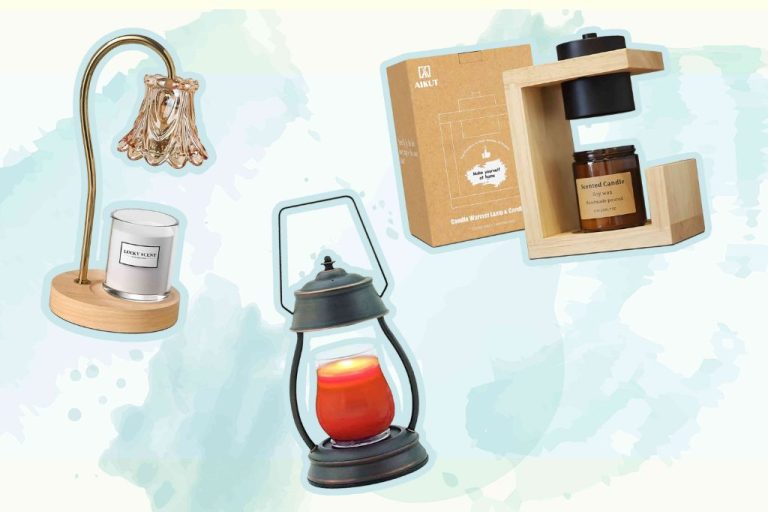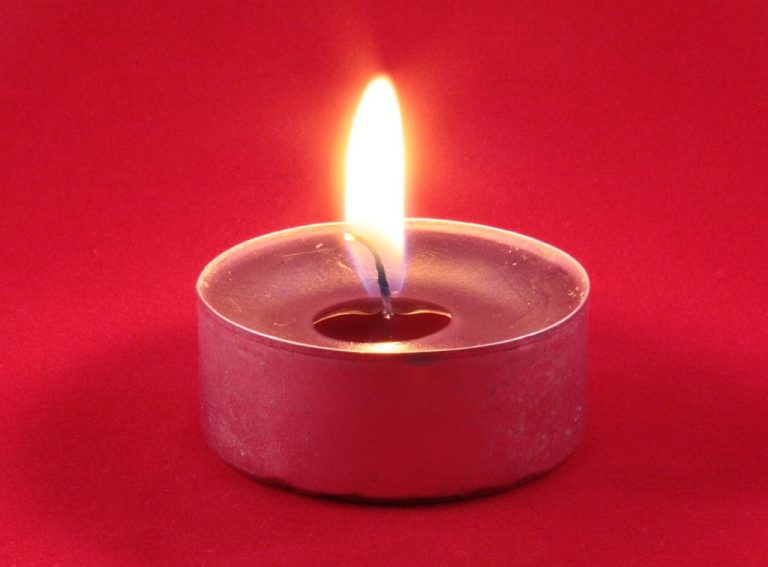Is It Bad To Smoke Expired Wax?
What is wax?
Wax refers to concentrated forms of cannabis that have been processed to isolate and preserve the psychoactive components of the plant. The primary active ingredient in cannabis wax is tetrahydrocannabinol (THC). Wax goes by many names including budder, shatter, crumble, and honeycomb among others. It’s produced by extracting THC and other cannabinoids from the cannabis plant using solvents like butane or CO2.
Wax contains very high levels of THC, often between 60-90%, compared to 10-25% in dried cannabis flower. The extraction process aims to remove all plant material and preserve only the most potent resins and oils. Popular types of cannabis wax include:
- Shatter – A translucent and glass-like wax.
- Budder – A soft, creamy wax with a butter-like consistency.
- Crumble – A sticky wax with a honeycomb-like appearance.
- Live resin – Made from freshly harvested cannabis for enhanced terpene content.
The purity and potency of cannabis wax make it very popular for recreational and medical use. However, the high THC concentrations also make wax a very strong product that should be used carefully.
Does wax expire?
Wax is made by extracting and refining trichomes from cannabis plants. Trichomes are the crystal resin glands on cannabis flowers that contain most of the plant’s cannabinoids and terpenes. To make wax, trichomes are separated from plant material through extraction methods like butane or solvent extraction. The extracted trichomes are then further refined and concentrated into a wax-like consistency.
Like other cannabis concentrates, wax does have a shelf life and can expire over time. How long wax lasts depends on several factors:
- Extraction method – Solvent-based extracts like butane hash oil (BHO) tend to have a shorter shelf life compared to solventless extracts like rosin.
- Storage conditions – Light, heat, and air exposure will accelerate expiration. Properly stored wax can last 12 months or longer.
- Container – Parchment paper and silicone containers help preserve terpenes and potency better than plastic.
- Cannabinoid profile – Higher THC products may expire faster than CBD-rich extracts.
In general, well-made and stored wax will stay fresh for about 6-12 months when kept in a cool, dark place. Refrigeration can also prolong shelf life. Over time, wax will oxidize, lose terpenes, and become dry/crumbly as cannabinoids degrade.
What happens when wax expires?
When wax expires, some chemical changes can occur that degrade the quality and safety of the product. The main things that can happen include:
Chemical changes – Over time, the THC and other cannabinoids in wax can degrade and convert into other compounds like CBN. This leads to a loss of potency and changes in effects.
Separation – Wax has a homogeneous consistency when fresh. As it ages, the components can start to separate, resulting in a wax that is oily or crumbly rather than smooth.
Mold growth – Like any organic product, expired wax is at risk for mold. High moisture content and warm temperatures encourage mold spores to grow. Moldy wax has health risks if consumed.
The exact chemical changes depend on factors like the wax type, storage conditions, age, and original quality. But in general, degradation increases with time leading to lower potency, changed effects, texture changes, and potential contamination.
Proper storage like refrigeration or freezing can slow the rate of expiration. But wax gradually loses quality over a period of months to a couple years. Consuming very old, expired wax is not recommended due to uncertainty over its safety and potency.
Can you smoke expired wax?
Smoking expired wax is generally not recommended, as it can pose some health risks. While wax itself does not exactly “expire,” it can degrade over time, losing potency and flavor. Exposing wax to excess heat, light, and air speeds up this degradation process.
The main risk with smoking degraded or old wax is inhaling contaminants that may have built up over time. Mold, mildew, and other bacteria can grow in old wax, especially if it was not stored properly. When combusted and inhaled, these contaminants can cause respiratory irritation, coughing, or other symptoms.[1]
In addition to health risks, degraded wax will not provide the same experience in terms of potency and effects. The THC and other cannabinoids oxidize and break down over time, even when frozen or refrigerated. So beyond a certain point, old wax simply won’t get you as high as when it was fresh.
If wax has completely dried out, changed color, smells odd, or you see any mold, it is best to avoid smoking it. Stick to fresh wax stored properly in an airtight, dark container to get the full effects and flavor. However, if you have no other options, smoking old or degraded wax once in a while likely won’t make you seriously ill.
Signs your wax may be expired
There are a few key signs that indicate your cannabis wax may be expired or losing potency and quality:
Appearance
The appearance of old wax can change in a few ways. It may become darker, take on a yellow/brown tint, lose its translucency and clarity, or develop a film or residue on the surface. These are indications that chemical changes are occurring as the cannabinoids degrade over time. According to Yodabbadabba, darkening wax is a sure sign it’s gone bad.
Texture
The texture of wax can also change dramatically as it ages and expires. Fresh wax often has a glass-like brittle texture that becomes softer and more pliable over time. Hard shatter wax may turn into a crumbly budder consistency. The wax may also separate into layers. These textural changes show the chemical bonds are breaking down.
Smell
As compounds like terpenes degrade, the aroma of expired wax will become less vibrant. According to Malie Cannabis Clinic, old wax often develops an acetone-like smell from the breakdown of compounds. Any harsh, chemical odors mean the wax has lost its nuanced aroma and likely potency too.
How to store wax properly
To maintain the quality and potency of your wax, it’s important to store it properly. Wax should be kept in a cool, dark place in an airtight container. Ideal storage temperatures are between 60-70°F. Storing wax in the refrigerator is recommended, as the cold environment helps preserve terpenes and prevents the wax from sweating or losing potency. According to this source, vacuum sealing wax in an airtight non-stick silicone container and storing in the fridge is optimal for long-term storage.
Exposure to light, heat, and air causes wax to degrade more quickly. Keeping wax in an opaque, airtight glass or silicone container protects it from light and oxygen. Storing wax in the freezer can make it brittle. The fridge allows the wax to stay cool but not freeze completely. Properly stored, wax can retain its quality for up to a year.
When to throw out old wax
Wax does have a shelf life and will degrade over time, especially when not stored properly. The shelf life of wax depends on several factors:
Potency – Over time, the THC and other cannabinoids in wax will slowly degrade and lose potency. After about 6-12 months in storage, wax may start to feel noticeably less potent than when it was fresh. The exact timeframe depends on the storage conditions.
Flavor and aroma – Similarly, the flavor and aroma compounds (terpenes) in wax also degrade and evaporate over time. After 3-6 months, the aroma and taste may become less vibrant.
Texture and consistency – The texture of wax can change as it ages, becoming more dry and crumbly. Fresh wax has a smooth, pliable texture.
Color – Fresher wax tends to have a light, translucent amber color. As it ages, wax often oxidizes and darkens to a brown or greyish tone.
Generally, once the aroma, flavor, and potency noticeably diminish, it’s a sign the wax is past its prime and ready to be discarded. Storage conditions like heat, air exposure, and light cause wax to degrade faster. https://yodabbadabba.com/dabbing-resources/can-marijuana-concentrates-go-bad/ Properly stored wax in an airtight, cool, dark place may last up to a year before losing significant quality.
If wax has developed mold, changed to a gummy or wet texture, or smells rancid or unpleasant, it should be discarded for safety reasons.
Risks of smoking expired wax
Smoking expired wax can pose a number of health risks. The main concern is that as wax ages and degrades, it can become contaminated with bacteria, mold, and other impurities that can irritate the lungs when smoked or vaporized. According to Daniel Vineyards, smoking old wax may lead to “potential respiratory and cardiovascular issues.”
Specifically, the inhalation of mold and bacteria from expired wax can cause lung irritation, coughing, wheezing, shortness of breath, and infection (Daniel Vineyards). The lungs are very sensitive, and introducing contaminants directly into them via smoking can provoke inflammation, asthma attacks, pneumonia, and long-term lung damage.
Additionally, as wax decays, it may produce new chemical compounds that are harsh on lung tissue. Terpenes and cannabinoids can transform into irritating derivatives. This irritation increases the risk of lung diseases over time.
Furthermore, the potency and effects of expired wax become unpredictable as THC degrades. Smoking degraded THC wax could lead to unexpected and potentially dangerous effects. It’s best to avoid the health risks altogether by only smoking fresh, non-contaminated cannabis concentrates.
How to tell if you got sick from wax
Smoking expired or contaminated wax can cause a number of concerning symptoms that indicate you may have gotten sick. Here are some key signs to watch out for:
Respiratory issues like coughing, wheezing, chest tightness, or shortness of breath can signify lung irritation or infection from mold or bacteria in the wax (source). Pay attention if these symptoms develop shortly after smoking expired product.
Nausea, vomiting, and gastrointestinal distress can also occur, as contaminants may irritate the digestive system (source).
Headaches, dizziness, confusion, and disorientation may be signs of toxicity from chemical changes in degraded wax (source). These neurological symptoms warrant medical evaluation.
Flu-like symptoms such as fever, chills, muscle aches, and fatigue can signal your body’s inflammatory response to harmful substances in bad wax.
Pay attention to any unusual symptoms that develop shortly after smoking expired or low quality wax. The quicker you can identify an issue, the sooner you can seek treatment and proper medical care.
What to do with expired wax
When wax has expired or gone bad, the safest option is to properly dispose of it. Attempting to smoke or consume expired wax puts your health at risk. Instead, focus on disposing of it responsibly.
If you have unused or expired wax, look into whether your local waste management offers recycling for cannabis products. Some facilities can recycle expired cannabis products, allowing the materials to be reused rather than ending up in a landfill. Contact your local recycling center to ask about wax and cannabis recycling availability.
For wax you can’t recycle, dispose of it in your regular household trash. Make sure to seal the wax in an airtight container or bag first, to contain any smells. Local regulations may require special disposal steps, so check your municipal website for any cannabis waste guidelines.
You can also see if any extraction companies in your area offer reprocessing services. Some extractors are able to safely sanitize and refine old or expired wax into new, quality concentrates. This reprocessing service gives expired wax a second life, reducing waste. Reach out to local processors to learn more.
With proper disposal, recycling, or reprocessing, expired wax doesn’t have to go entirely to waste. Prioritize safe, responsible methods for handling unused wax rather than consuming expired, potentially harmful products.




